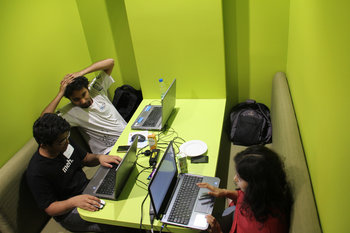
Coding
Code development and unit testing.Build
The process of continually integrating work from multiple developers.Test
Continuous testing and reporting of defects and risks.Packaging
Creating packages that can potentially be released.Change Management
The process of submitting changes, prioritizing work and approving releases.Configuration
Configuration of infrastructure such as platforms and servers.Release
Deploying releases to environments such as testing and production.Service Level Objectives
Defining and delivering to service level objectives for internal and external services.Monitoring
Monitoring production for security, performance and user experience.Capacity
Scaling resources to meet demand.Resilience
Handling stresses and failures gracefully.Incident Management
Identifying and troubleshooting problems. A tactical process that aims to quickly restore services or apply practical fixes.Problem Management
Identifying and fixing the root cause of problems.Improvement
Continuously measuring, analyzing and improving the DevOps process.| Overview: DevOps | ||
Type | ||
Definition | The integration of development, testing and operations under a single culture that automates work to allow continuous change that is reasonably low risk. | |
Related Concepts | ||


























